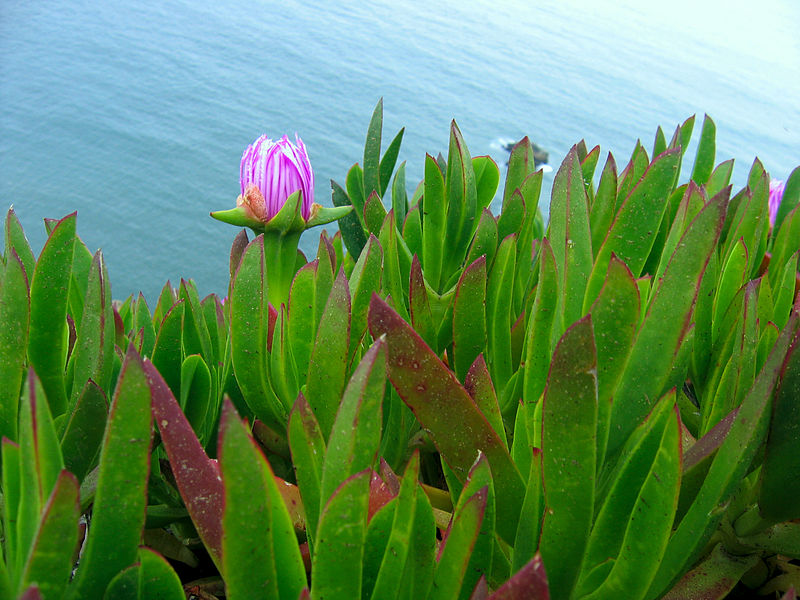Sour Fig / Spring / Summer / Autumn / Winter / Edible Common Names Sour Fig/Ice Plant (The name Hottentot Fig is also known, but foragers should be aware that this name has colonial and racist history in South Africa where the plant originated) Botanical Name Carpobrotus edulis Scientific Classification…
Tag: winter
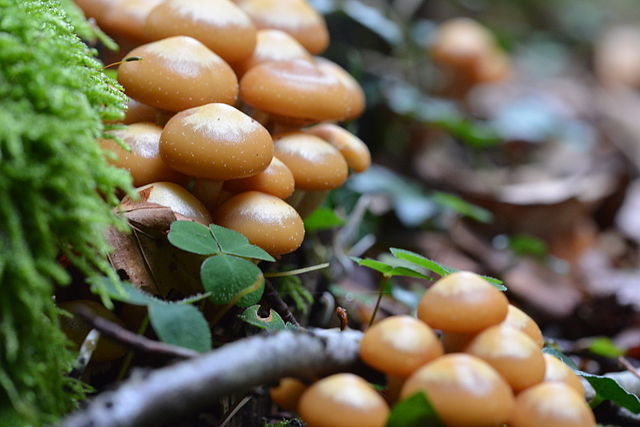
Sheathed Woodtuft / Spring / Summer / Autumn / Winter / Edible Scientific Name Kuehneromyces Mutabilis Common Names Sheathed Woodtuft, Brown Stew Fungus and Two-toned Pholiota. Family Strophariaceae Habitat They are saprobic, feeding on dead wood, logs and stumps, most often birch. They typically grow in large clumps. They sometimes…
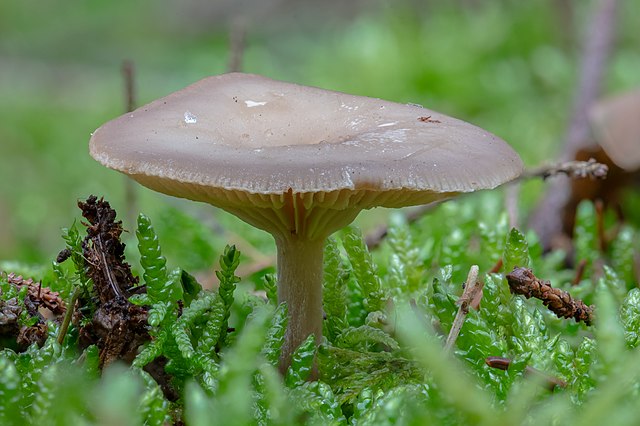
The Goblet / Autumn / Winter / Edible Scientific Name Pseudoclitocybe Cyathiformis Common Names The Goblet Family Tricholomataceae Habitat They are saprobic and can be found on soil or on dead wood, logs and stumps in mixed woodlands. They can sometimes appear in pasture and meadows too. Description A fairly…

Jubilee Waxcap / Autumn / Winter / Inedible Welcome to an exploration of nature’s splendor as we admire the captivating beauty of the Jubilee Waxcap (Hygrocybe/Gliophorus reginae). Join us on a journey where admiration meets caution. With its striking orange-red cap and elegant stature, the Jubilee Waxcap stands as a…
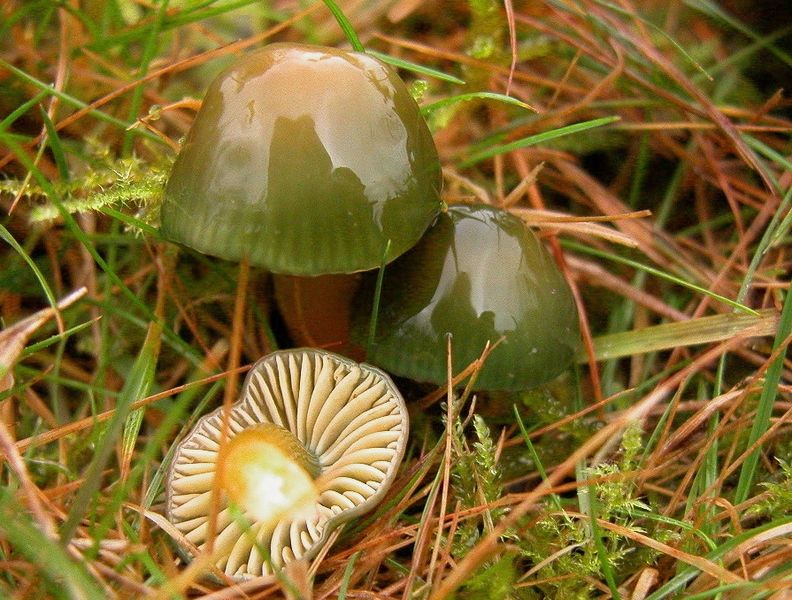
Parrot Waxcap / Summer / Autumn / Winter / Inedible The Parrot Waxcap is an amazing mushroom with great variation in colour! greens, blues and yellows can all be found on this particular mushroom! Scientific Name Hygrocybe / Gliophorus psittacinus Common names Parrot waxcap Family Hygrophoraceae Habitat In unimproved grassland…
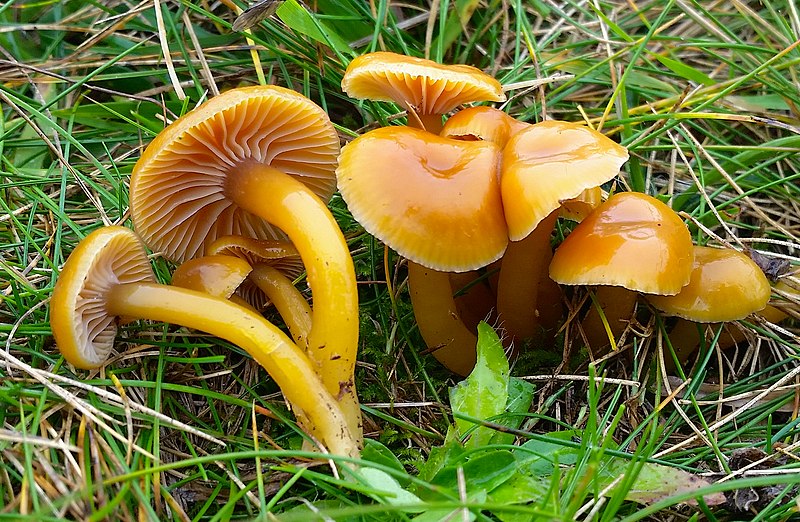
Heath Waxcap / Summer / Autumn / Winter / Edible Welcome to a world of vibrant culinary delights as we celebrate the flavorsome treasures of the Heath Waxcap (Hygrocybe/Gliophorus laetus). Join us on a journey where gastronomy meets vibrancy. With its stunning array of colors and delicate cap, the Heath…
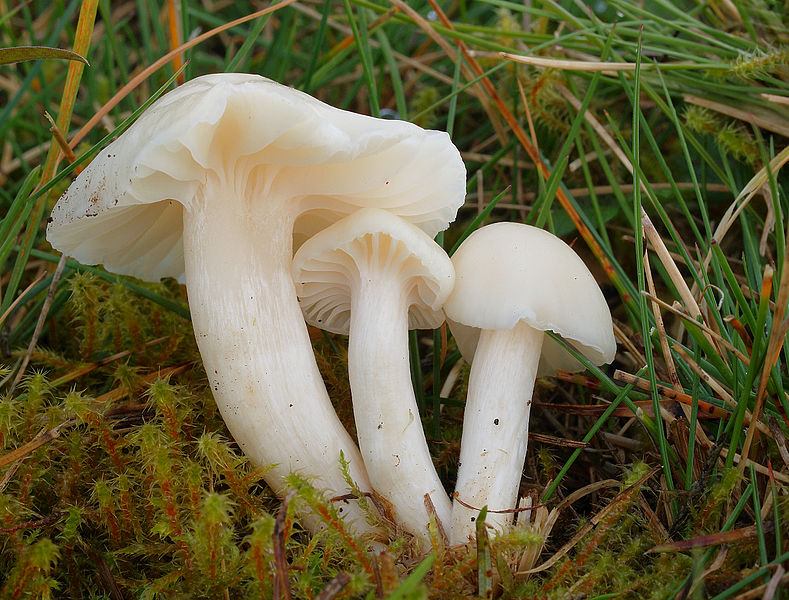
Snowy waxcap / Autumn / Winter / Edible Scientific Name Hygbrocybe virgineus Family Hygrophoraceae Habitat In short grass in fields, meadows or commons. Description A bright white common Waxcap it prefers undisturbed land although Identifying Features for Snowy Waxcap: Cap: White to ivory white. Starting convex becoming depressed in the…

Meadow Waxcap / Autumn / Winter / Edible Immerse yourself in the vibrant beauty of the Meadow Waxcap (Hygrocybe pratensis) as we embark on a journey to savor its edible delights. Join us in celebrating the captivating colors and delightful flavors of this remarkable fungus. With its striking appearance, featuring…
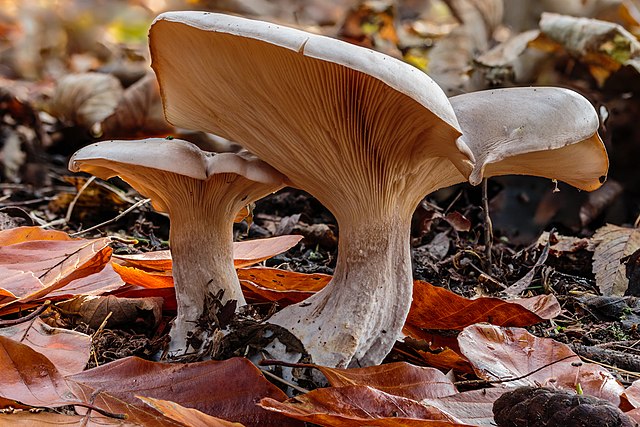
Clouded Agaric / Autumn / Winter / Edible Enter the misty world of the Clouded Agaric, scientifically known as Clitocybe Nebularis, as we unravel the enchanting qualities of this captivating mushroom. In this blog post, we embark on a journey to discover the ethereal beauty and ecological significance of this…



